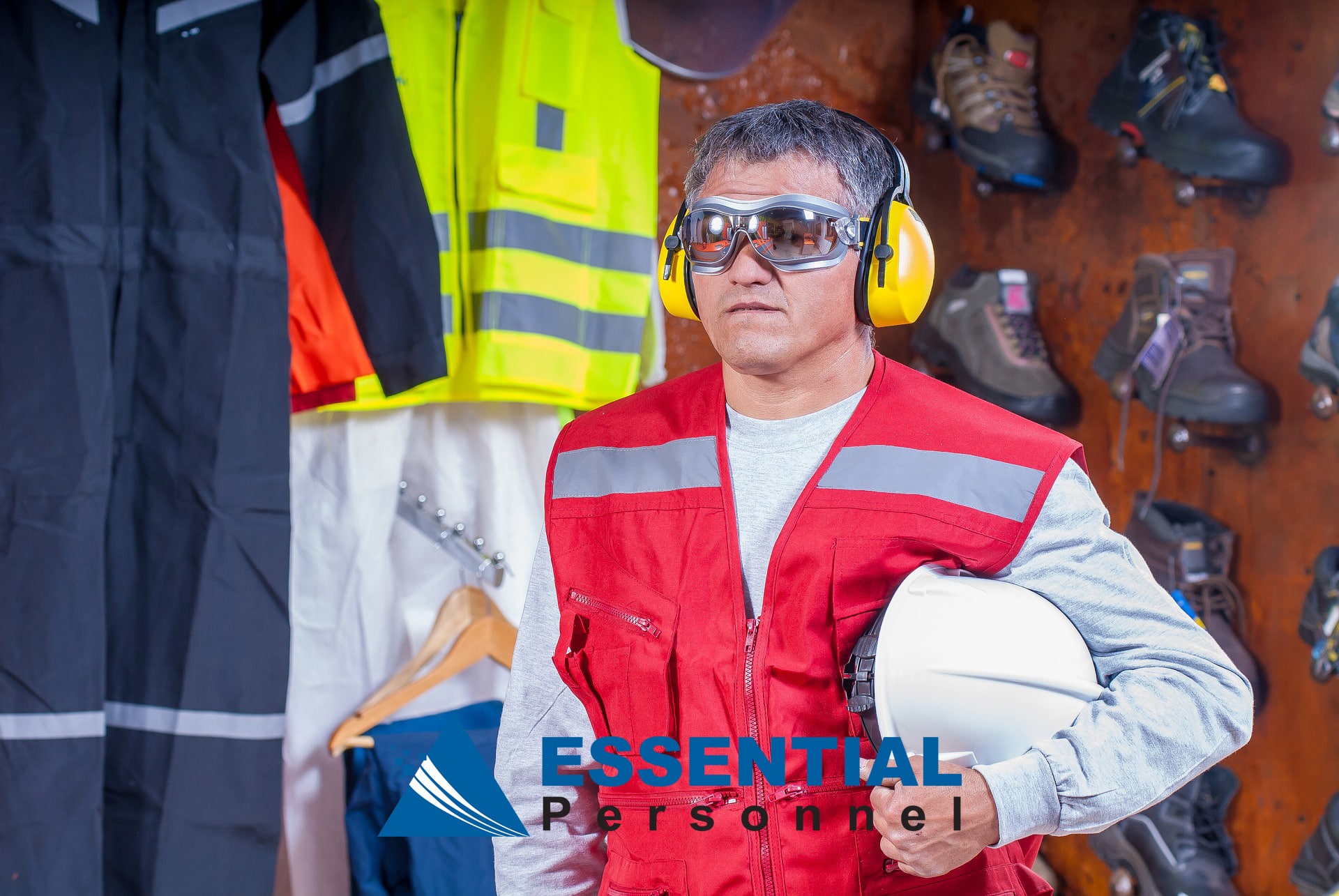
Hazard Communication is designed to do just as the name suggests—communicate hazard information to each employee. You need to know what chemicals you are working with or exposed to, hazards associated with each chemical and how to protect yourself. This education is accomplished through a variety of means, so we want to review our program with you today.
Hazardous Material Defined
Hazardous material is defined as items that have a physical or health hazard associated with them. For instance, flammable, combustible, explosive or compressed gases are physically hazardous materials. In the same sense, materials that are carcinogenic, toxic, corrosive and/or irritating are considered health hazards. This definition captures many of the materials we use in this facility, including components in the products we manufacture, by-products, cleaning supplies and more.
Hazard Determination
You may wonder who determines what is “hazardous” or not. The process of hazard determination is very scientific, is guided by strict federal requirements and has proven itself to be extremely reliable. The manufacturer of the hazardous material has the most information about their products and is required to provide this information to users of that material, like us. There are severe penalties for chemical manufacturers who do not provide complete or accurate information through their Safety Data Sheets (SDS).
The Chemical Inventory
Maintain a listing (inventory) of all the materials that have physical or health hazards at your facility. This helps to ensure that you have all the necessary SDS. Your employees are an important factor in keeping the inventory current. Any time a new material is brought into the company, make sure it is added to the chemical inventory if it has a physical or health hazard. If you bring a new material into your area, make sure your supervisor knows about it so the chemical inventory can be updated.
SDS: The Most Important Documents
SDS are the most important documents concerning the chemicals used at your company. These are the documents the chemical manufacturer prepares to inform the end-users (you and me) about any hazards associated with a product. SDS are required to summarize certain information, including product identification, scientific information about ingredients, hazards associated with the product, incompatibilities, potential reactions, safe handling and storage and spills guidelines.
The most important sections focus on first aid requirements and personal protective equipment. If you have never read an SDS, then that’s something you need to do when you and your supervisor review the specific hazardous materials used in your department.
Your supervisor will show you where all the SDS are located and will help you navigate through them. It is important for you to familiarize yourself with the SDS for any hazardous material you work with or may be exposed to in the workplace, so that you can understand the risks and take precautions. In addition, you should understand the SDS so you know how to find information quickly when you need it, such as in the event of a spill or accident.
Labeling Requirements
Our first line of defense with any type of material is the label found on the product container. It is critically important that every container be labeled so it properly identifies the material inside. Labels must include:
- Product Identifier— The chemical’s name and a list of the substance(s) it contains.
- Supplier Information—Name, address and phone number of the chemical’s manufacturer or supplier.
- Pictogram— A symbol inside a diamond with a red border, denoting a particular hazard class.
- Precautionary Statement— One or more phrases that describe recommended measures to be taken to minimize or prevent adverse effects resulting from exposure to a hazardous chemical or improper storage or handling of a hazardous chemical.
- Signal words— A single word used to indicate the relative level of severity of the hazard and alert the reader to a potential hazard on the label. The signal words used are “danger” and “warning.” “Danger” is used for the more severe hazards, while “warning” is used for less severe hazards.
- Hazard Statement— A phrase assigned to each hazard category; examples include “harmful if swallowed,” “highly flammable liquid and vapor,” etc.
Summary
Let’s all remember that the chemicals we work with have a potential for danger. Most materials you encounter are generally safe, but it’s important to know the possible hazards of any substance in order to maintain a safe workplace. When you have questions regarding materials, make sure you ask them before using the material. Our hazard communication program is designed to keep you up to date on all the hazardous materials we have in the facility, and how to use those materials safely.



